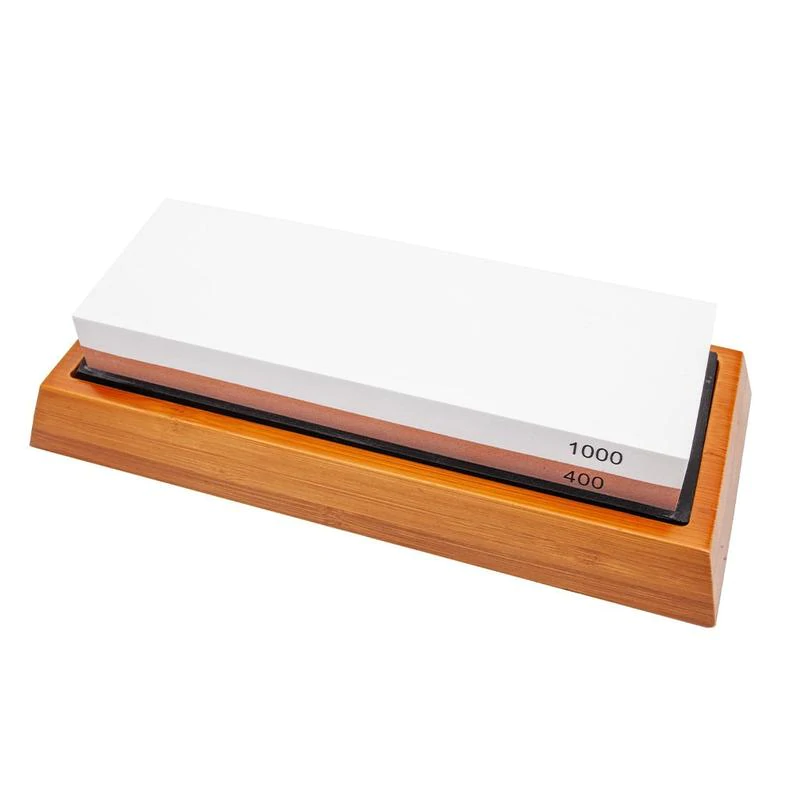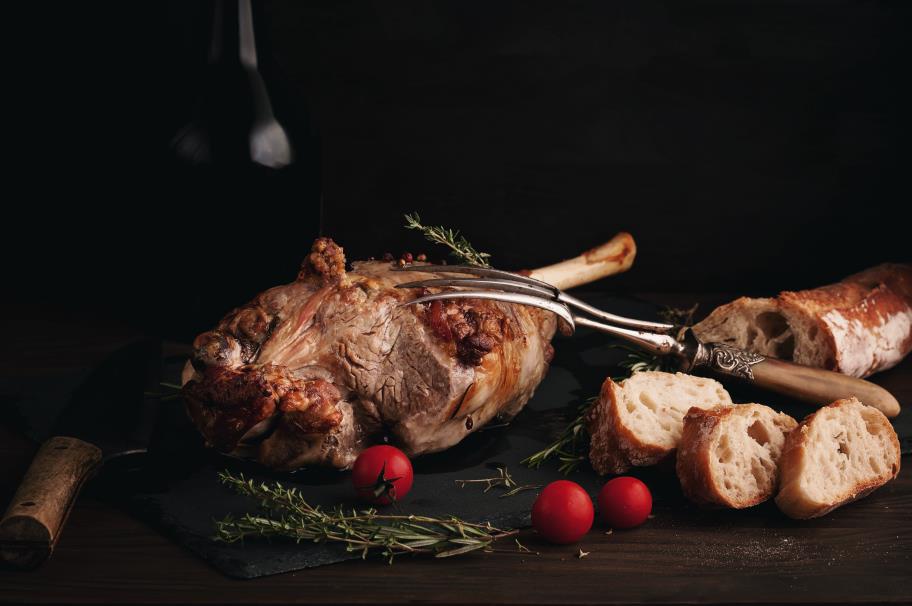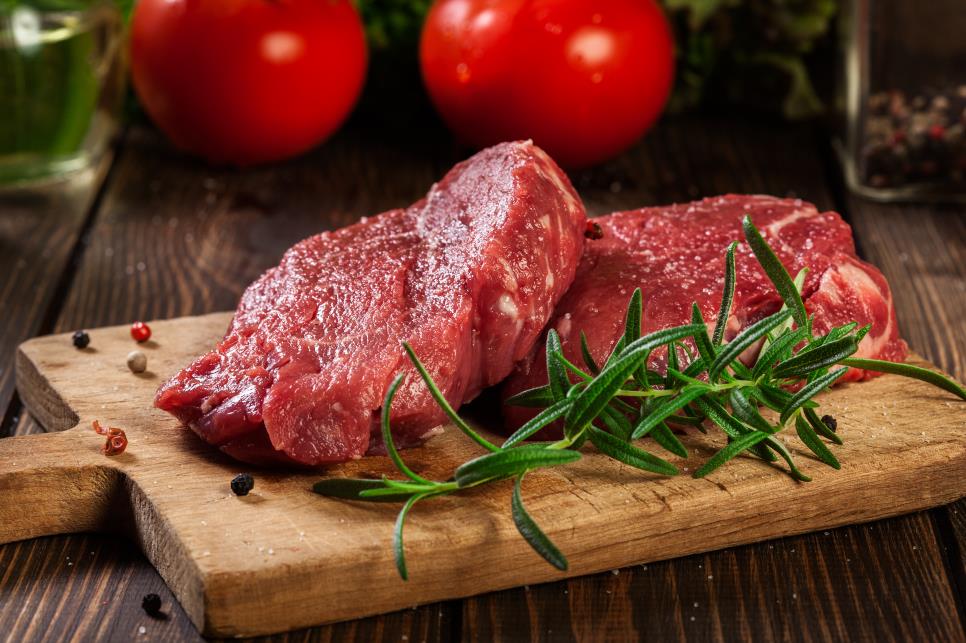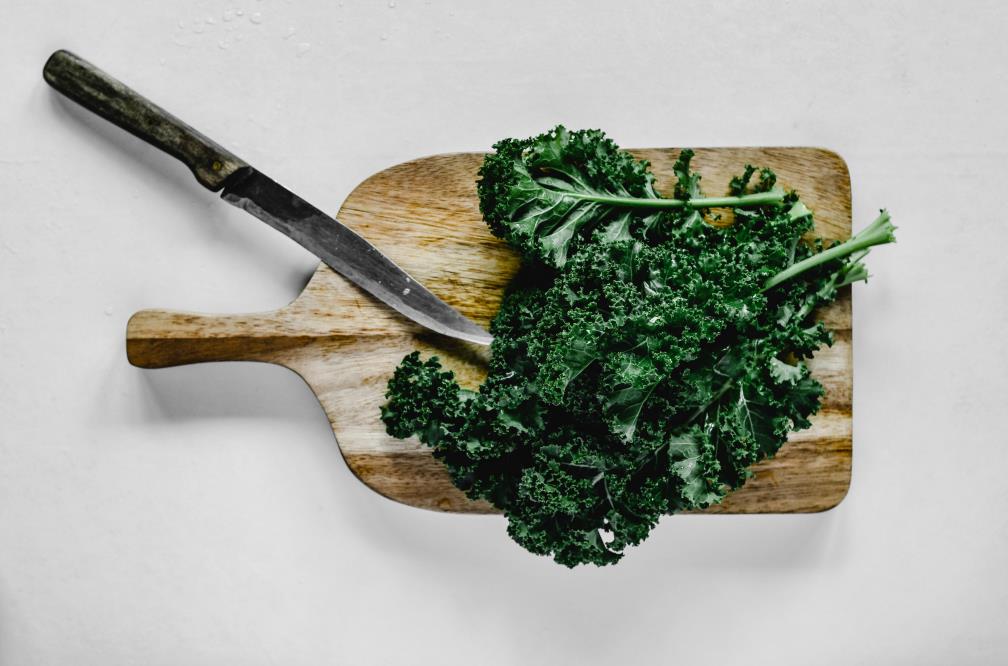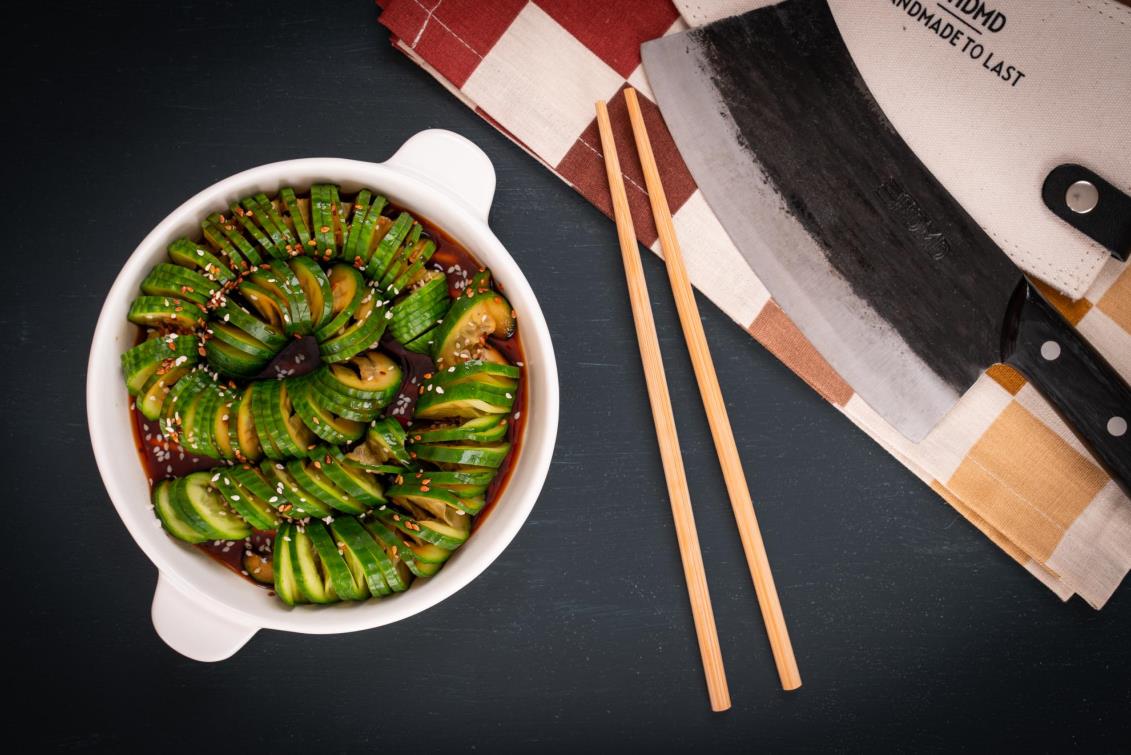White vinegar is your answer if you’re searching ‘How to Get Rust off a Knife.’ But that’s not all; you have many more tips and tricks to get rid of rusty blades. We’ll help you find the reason, solution, and preventions to keep the most used tool off-rust.
How to Get Rust off a Knife? Here are the top 6 DIYs you can take practice at home:
- Use Baking soda
- Soak it in white vinegar
- Try using Potato
- Use Onion
- Citric acid
- Yes, try dirt.
Fret not, we’ve got your back. Once a wise man said, it’s better to know the cause before finding the solution to a problem. So shall we?
Table of contents
What causes the rust?
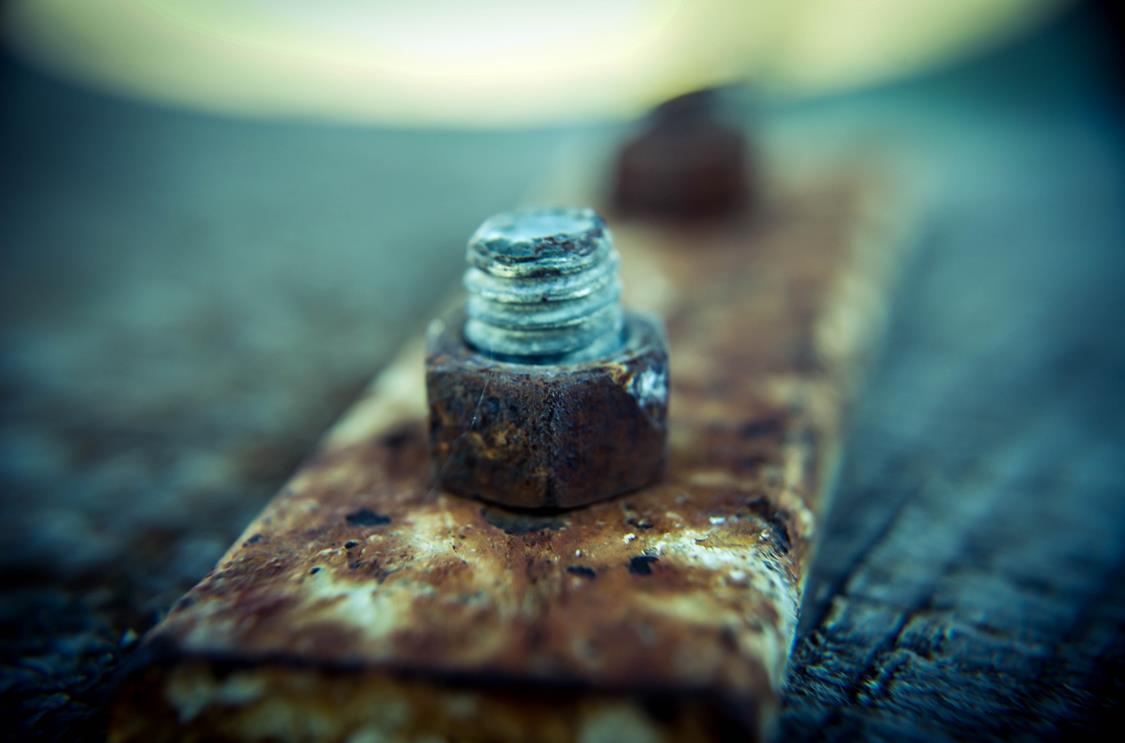
Iron is the key factor to cause rust. It’s technically iron and oxygen react. It’s when iron in the blade of your knife gets exposed to moisture and air. When the edges are exposed for a prolonged period, they rust.
But then, your counterargument might be, “I’ll purchase a stainless steel knife.” You can, of course, purchase a stainless steel knife, but that will not provide a safety net for your knife from rusting.
If you look at the word “stainless,” you will understand that it’s not actually “stainfree.” So these stainless steel products have more chromium which offers a protective layer for corrosion. However, it doesn’t provide 100% protection but rather a safety net for a few years.
What are the differences between rust, tarnish, and patina?
People often think rusting is the main reason for discolored surfaces in their kitchen. But it’s vital to understand that it’s not always the rust. There are other chemical compounds that result in corrosion like tarnish and patina. These reactions create different types of impacts on household items.
So if you are struggling to understand the difference, know that rust will eat away at the blade but tarnish or patina will form a protective layer on the blade, preventing it from rusting further.
Rust is a reddish-brown corrosion that happens. when the iron particles are exposed to moisture and oxygen.
Tarnish is a thin layer of corrosion that creates a bronze glow on certain metals because of its reaction to air pollutants, including sulfur dioxide and hydrogen sulfide.
And patina is a form of tarnish and is usually formed on copper and carbon steel knives. Most people find it aesthetic, so they prefer when antique pieces turn greenish because of patina.
Methods to remove rust off your knife
You can use these methods jointly with another. Or you can try the methods repeatedly until you get the rust off the blade of your knife. Once you have gotten rid of the rust, it’s highly recommended to resharpen the blade. Now, let’s go through the methods.
Use baking soda
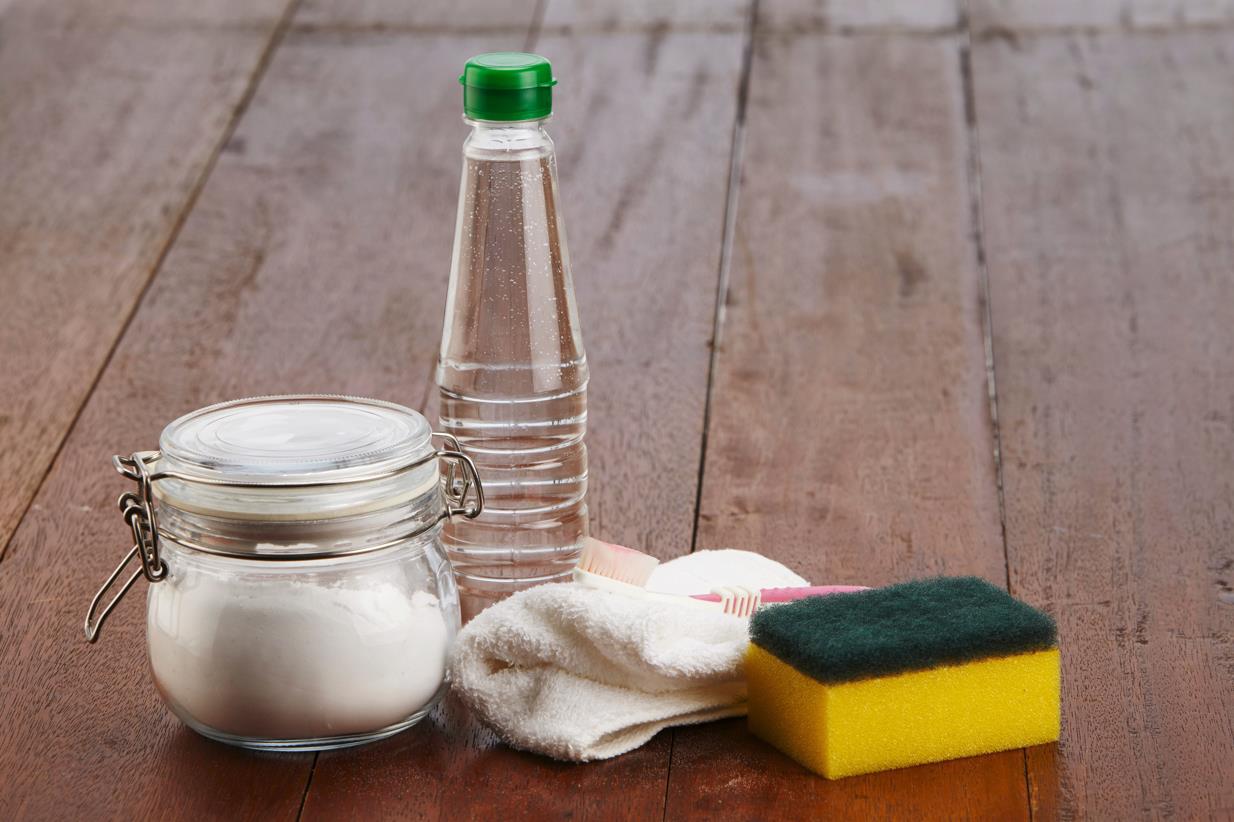
Required materials
- Sponge or steel wool
- Cloth
- Baking soda
- Toothbrush
- Water
Steps to follow
Step 1: Start by cleaning your knife
Avoid water as it’s the key factor to the problem. Cleaning your knife is vital because if not, dirt collected on the blade might interfere when removing the rust. You can instead use a cleaning solution and wipe the blade with a cloth.
Step 2: Making the paste with baking soda
Take a small bowl. Add some baking soda and drops of lemon juice or water. Stir the mixture until you get a thick paste.
Step 3: Apply the paste using the toothbrush
Apply the paste on your knife’s blade using the toothbrush. You may scrub off the rust with the toothbrush itself, but only if it’s not severe.
Step 4: Scrub off the rust using a steel wool/ sponge
For severely rusty blades, you have to use steel wool or a sponge. However, when you are doing this step, make sure to control the level of pressure you exert. Scrubbing too hard might result in ruining the blade’s finish.
Step 5: Wiping it clean
Lastly, wipe down the blade using a piece of cloth. This will remove the excessive paste sticking to your knife.
Pro tip: You can go a step ahead and use mineral oil on the blade to keep it safeguarded from rust.
Soak it in white vinegar
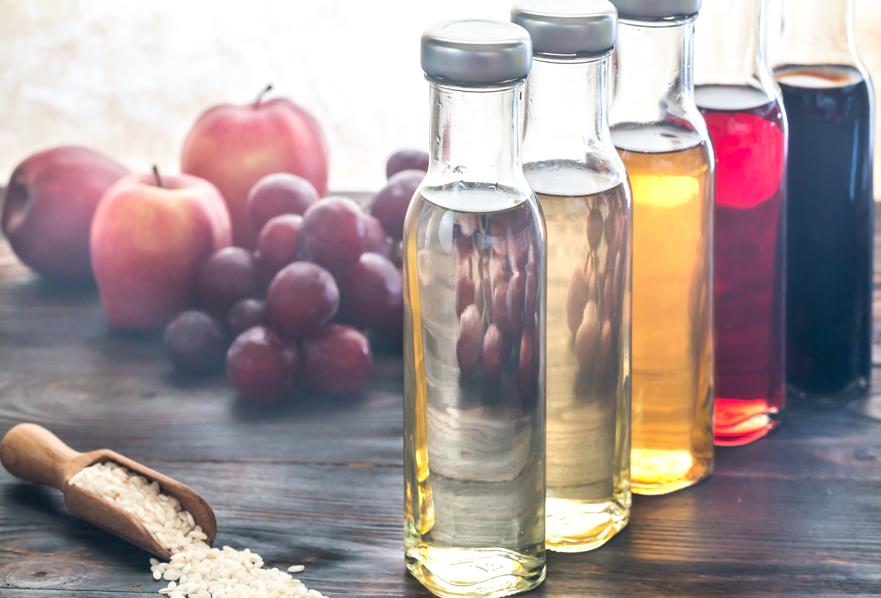
Required materials
- Cup
- White vinegar
- Cloth
- Sponge
Steps to follow
Step 1: Pouring vinegar into a suitable cup
Make sure it’s white vinegar because it has acetic acid, which can get rid of the rust. All the other kinds of vinegar leave stains.
Step 2: Soaking the knife
If you want to remove the rust off from a particular part of the knife, you don’t have to soak the entire knife. Rather you can soak a towel or cloth in vinegar, then wrap it in a particular place that has rust. Leave it that way for around 5 minutes. If you leave it longer, you may end up damaging the blade.
Step 3: Wiping down the blade
Once it’s soaked, you have to wipe down the blade. If the rust hasn’t been removed as you expected, you may have to try the 1) method to get rid of the rest.
Pro tip: You can use mineral oil for cleaning and additional protection.
Try using potato
Some foods are excellent rust removal sources. Among all the other sources, potato is most effective in removing rust due to its oxalic acid.
Take a potato and simply stick your knife into it. Let it remain that way for a few hours. You can wipe the blade after you remove it from the potato. Also, make sure to apply oil when wiping it off.
Use onion

Onion is another amazing food that helps in getting rid of rust. The Sulfonic acid presented in the onion is the main factor. You just have to move the knife back and forth, and it’ll remove the rust.
Citric acid
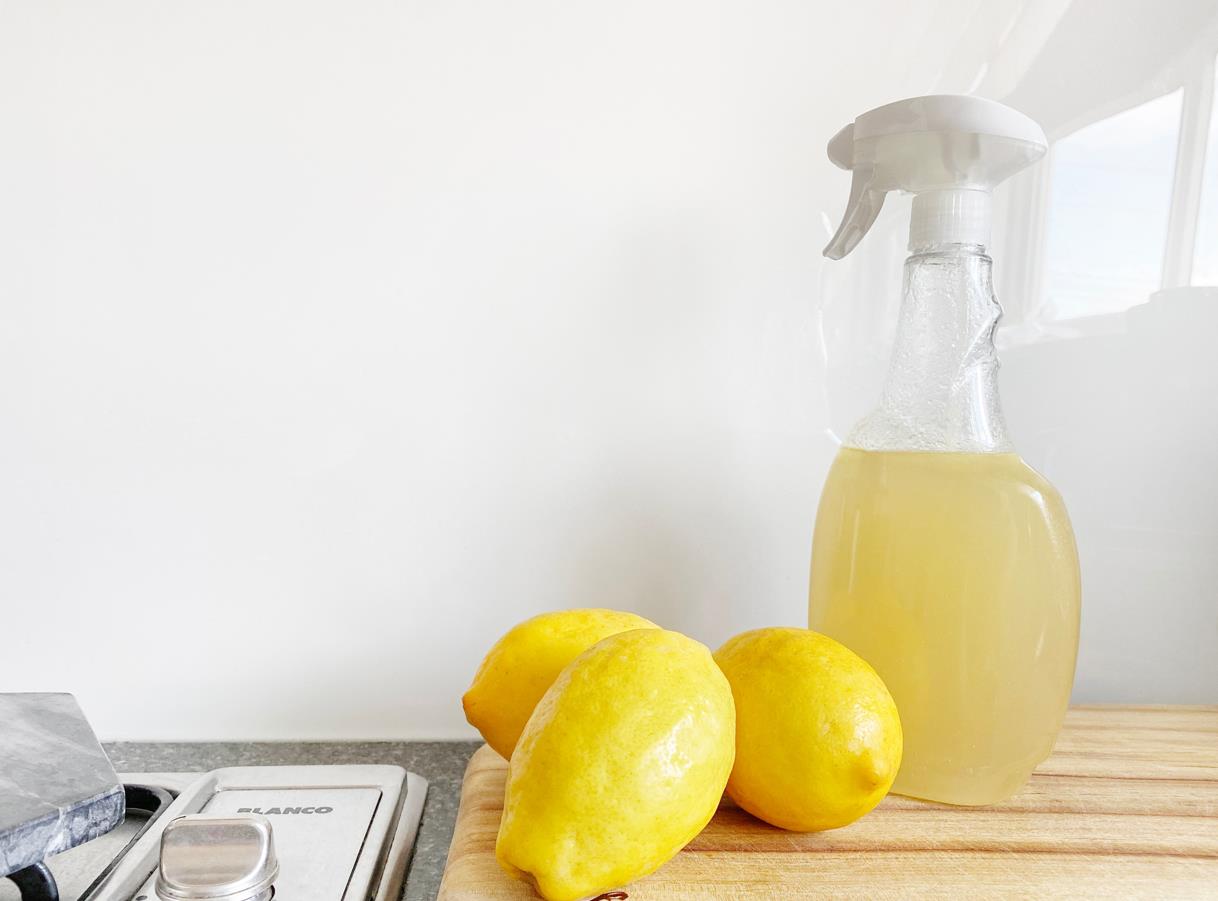
This combination includes lemon’s acidity and the roughness of salt to handle the rust spots. You can cover the rust spots with salt. Then, squeeze a few drops of lemon over it. Let it sit for 2 hours. Scrub the rust spots with the rind. If the rust is severe, you can rub using steel wool. Once done, rinse it off and pat it dry.
Besides lemon, you can apply this method with any other fruits that contain citric acid. Citric acid can be found in health food shops and other supermarkets. However, if not done carefully, it might remove all the coatings, including paint. So it’s not a viable solution for all the pieces of metals.
Yes, try dirt

Another natural DIY method is sticking your knife into the spoil. Do it two dozen times. Once done, wipe it well.
How to prevent rust from happening

Of course, DIYs work like a charm, but it’s important to know how to prevent your knives from rusting. You can keep your knife rust-free, so here are some of the tips you can follow:
Keep it clean
We wouldn’t say, “if you keep your knife properly, it won’t rust.” This is because whether you take excellent care or not, there’s a high chance for it to rust over time. But the point is, you can delay the consequences.
If you want to use the same knife for a long time, keep it clean. Wash and pat it dry after every use. If you don’t pat it dry, it will rust!
Store it wisely, and you shouldn’t keep it anywhere that might expose the knife to moisture. A magnetic knife strip would be a great choice. Or don’t ditch the sheath.
In addition to these, it’s also good to use a suitable knife oil.
Handpicked for you
Get 11% off and free shipping – limited time only!
Spot the rust sooner and remove it
One of the best ways to prevent rust formation is to spot it sooner. The sooner you spot the rust spots, the faster you can get rid of them. As mentioned above, the DIYs will help you get rid of rust spots effectively.
Final words
There you’ve got your question ‘How to Get Rust off a Knife’ answered. This 101 guide will help you in handy, and thank us later! Then again, if you don’t think your knife can go through all these and work like old wine, check out our store for better collections of handmade high-carbon steel kitchen knives.


